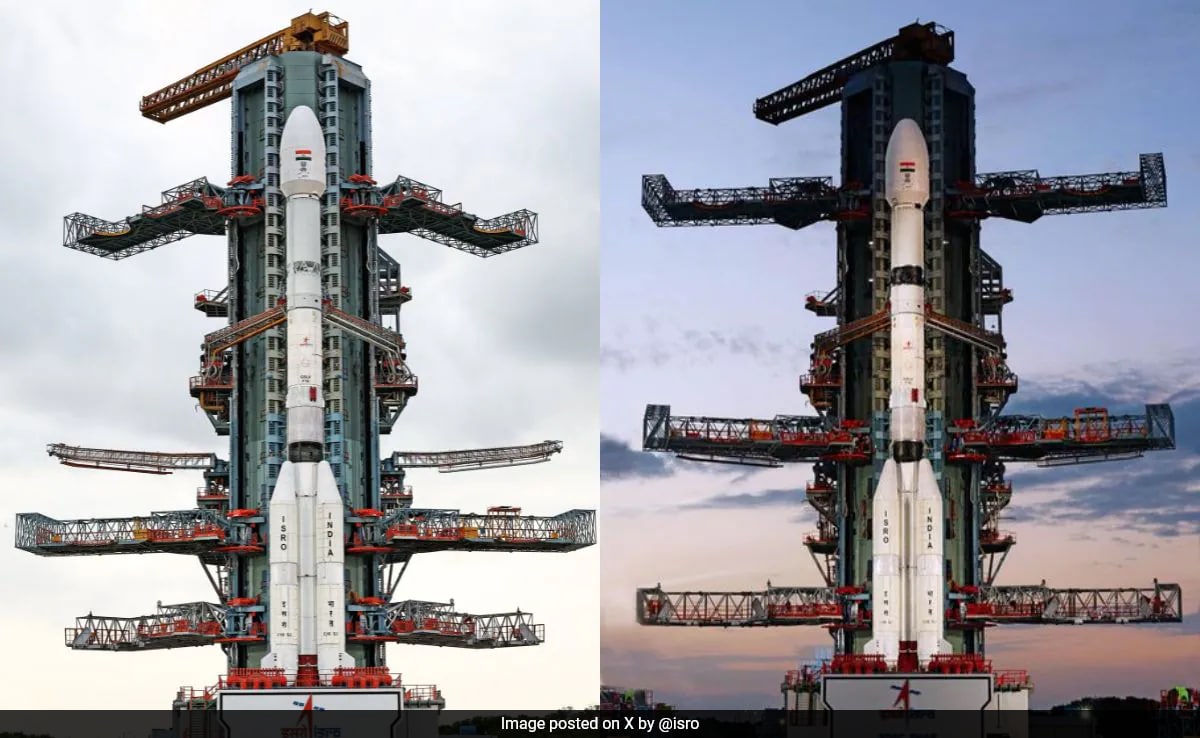

The NASA-ISRO Synthetic Aperture Radar (NISAR) satellite is scheduled to launch on July 30, 2025, from the Satish Dhawan Space Centre in Sriharikota, India. This mission is a joint effort between the Indian Space Research Organisation (ISRO) and the U.S. National Aeronautics and Space Administration (NASA). The satellite is designed to provide high-resolution, all-weather, day-and-night imaging of Earth.
Mission Details
NISAR weighs 2,392 kg and will be launched aboard India's GSLV-F16 rocket. About 19 minutes after lift-off, the rocket will place NISAR into a 743-km sun-synchronous orbit. This marks the first time a GSLV rocket will place a satellite into such an orbit. The satellite has a mission life of five years.
The satellite carries two major payloads: the L-band SAR from NASA and the S-band SAR from ISRO. These payloads combine to create the world's first dual-frequency radar imaging satellite, which will scan the entire globe every 12 days. The data will be available within one to two days of capture, and in near real-time for urgent events.
Objectives and Applications
NISAR's primary goal is to observe Earth and monitor its changing ecosystems. It can detect even small changes in the Earth's surface, such as ground deformation, ice sheet movement, and vegetation dynamics. The satellite will provide near real-time data on disasters, climate shifts, and ecological changes.
Specific applications of NISAR data include: * Assessing natural hazards such as earthquakes, tsunamis, volcanic eruptions, and landslides. * Monitoring ice sheets and glaciers. * Tracking changes in soil moisture. * Mapping and monitoring surface water resources. * Aiding in disaster response. * Sea ice classification. * Ship detection. * Shoreline monitoring. * Storm characterization. * Crop mapping.
Significance of the Mission
NISAR represents a significant scientific partnership between India and the United States. Union Minister for Science and Technology Jitendra Singh described NISAR as "India's scientific handshake with the world," emphasizing its role in enhancing India's position as a global scientific leader. ISRO Chairman Dr. V. Narayanan highlighted the collaborative nature of the project, noting that one payload was realized by India and another by the USA, with the entire satellite bus realized in India. He also expressed his happiness that the satellite would be launched by an Indian vehicle. Phil Barela, NISAR project manager, JPL, said that the two space agencies learned a lot from each other during the decade-long development.
The mission's open-data policy is particularly valuable for developing nations, enabling better climate planning, resource management, and disaster preparedness. The mission's transformative impact on how the world observes and responds to Earth's changing dynamics is expected to be significant.